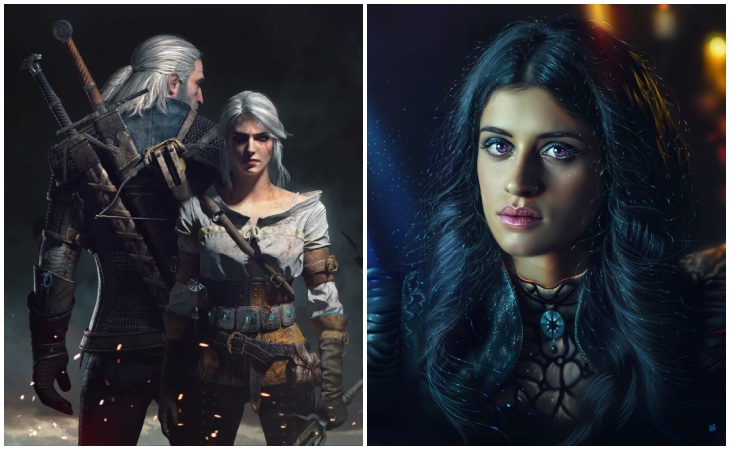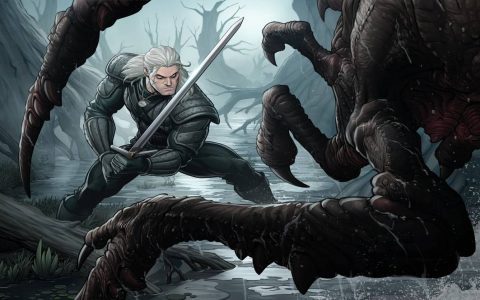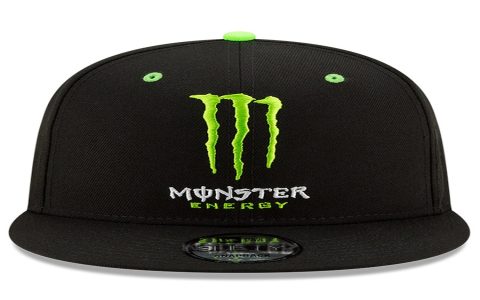Witcher fan art encompasses a diverse range of artistic creations inspired by the characters, settings, and narratives of The Witcher universe, originating from books, video games, and television series. It serves as a visual exploration and reinterpretation of the source material by its enthusiast community.
Core Inspirations in Witcher Fan Art
The enduring appeal of Witcher fan art stems from several key aspects of the franchise:

- Iconic Characters: Geralt of Rivia, Yennefer of Vengerberg, Ciri, Triss Merigold, and various monsters and supporting characters are frequent subjects, prized for their complex personalities and distinct visual designs.
- Rich Lore and Worldbuilding: The Continent's dark fantasy setting, diverse cultures, political intrigue, and unique bestiary offer a vast canvas for artistic interpretation.
- Moral Ambiguity and Themes: Themes of destiny, choice, prejudice, and the nature of good and evil resonate deeply, often reflected in the mood and composition of artworks.
- Visual Source Material: The detailed aesthetics of the video games, particularly "The Witcher 3: Wild Hunt," and the live-action series provide strong visual references for artists.
Prevalent Themes and Subjects
Artists frequently explore specific themes and subjects within Witcher fan art:
- Character Portraits: Detailed depictions focusing on the likeness and emotional expression of key figures.
- Action Scenes: Dynamic representations of combat, monster hunts, or the use of Witcher signs and magic.
- Atmospheric Landscapes: Renderings of notable locations such as Kaer Morhen, Novigrad, Skellige, or Toussaint, often emphasizing their unique mood.
- Narrative Moments: Illustrations of pivotal scenes from the books, games, or series, or imagined scenarios.
- Alternative Interpretations: Reimagining characters in different styles, settings, or exploring "what if" scenarios.
- Symbolism and Motifs: Incorporation of iconic symbols like the Wolf School medallion, magical signs, or flora and fauna significant to the lore.
Artistic Styles and Mediums
Witcher fan art is characterized by its stylistic diversity, utilizing a wide array of mediums:
- Digital Painting: A prevalent medium, allowing for high detail, vibrant colors, and complex compositions. Common software includes Photoshop, Procreate, and Clip Studio Paint.
- Traditional Art: Includes pencil sketches, ink drawings, watercolor, oil, and acrylic paintings, offering a tangible and often more personal touch.
- 3D Modeling and Sculpting: Digital or physical sculpts of characters and creatures.
- Pixel Art: Retro-style interpretations, often focusing on key scenes or characters.
- Illustration and Graphic Design: Stylized character designs, poster art, and symbolic representations.
Styles range from hyperrealism, aiming to replicate game or series visuals, to highly stylized, cartoonish, anime-inspired, or abstract interpretations.
Considerations for Creation and Appreciation
For creators and connoisseurs of Witcher fan art, several aspects contribute to impactful work:
- Authenticity to Lore: While artistic license is valued, a foundational understanding and respect for the established world and character traits are often appreciated.
- Technical Skill: Proficiency in the chosen medium, including aspects like anatomy, composition, color theory, and lighting.
- Originality and Creativity: Unique perspectives, novel interpretations, or the ability to evoke strong emotions or narratives distinguish exceptional pieces.
- Storytelling: The capacity of an artwork to convey a narrative or a specific moment effectively, even in a static image.
Fan art communities, often found on social media platforms and art-sharing websites, provide spaces for artists to share their work and receive feedback, fostering growth and engagement within the fandom.










